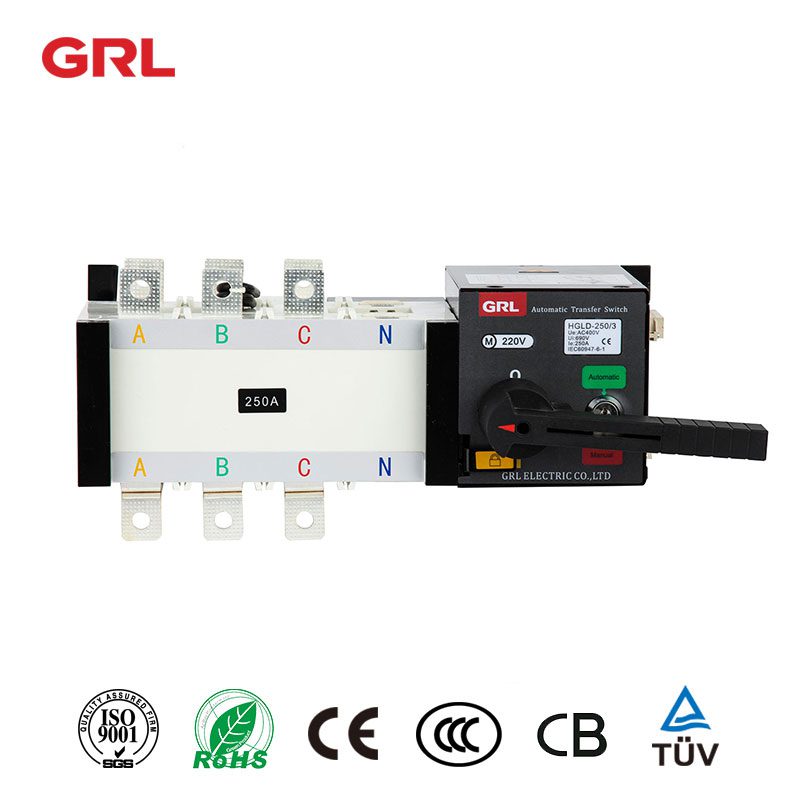
# Automatic Transfer Switch for Seamless Power Backup
## What is an Automatic Transfer Switch?
An Automatic Transfer Switch (ATS) is a critical component in backup power systems. It monitors the primary power source and automatically switches to a secondary or backup power source when it detects a failure or outage in the primary source. This ensures uninterrupted power supply to connected equipment and appliances.
## How Does an Automatic Transfer Switch Work?
The operation of an ATS can be broken down into three main stages:
– Monitoring: The ATS continuously monitors the voltage and frequency of the primary power source
– Detection: When it detects a power failure or significant deviation from normal parameters
– Switching: The switch automatically transfers the load to the backup power source (typically a generator) within seconds
## Types of Automatic Transfer Switches
There are several types of ATS available, each suited for different applications:
### 1. Open Transition ATS
Also known as “break-before-make,” this type briefly interrupts power during the transfer, typically for 3-10 seconds.
### 2. Closed Transition ATS
This “make-before-break” switch momentarily parallels both power sources during transfer, providing seamless power with no interruption.
### 3. Soft Load Transfer ATS
This advanced type gradually transfers the load to minimize mechanical stress on the generator and electrical systems.
## Key Benefits of Using an Automatic Transfer Switch
– Uninterrupted power supply during outages
– Protection against power surges and fluctuations
– Automatic operation requires no human intervention
– Increased safety by preventing backfeeding into utility lines
– Reduced equipment downtime and data loss
– Compliance with electrical codes and regulations
## Applications of Automatic Transfer Switches
ATS units are used in various settings where continuous power is essential:
– Hospitals and healthcare facilities
– Data centers and server rooms
– Industrial manufacturing plants
– Commercial buildings
– Telecommunications infrastructure
– Residential homes with backup generators
## Choosing the Right Automatic Transfer Switch
When selecting an ATS, consider these factors:
Keyword: Transfer Switch
– Power capacity requirements
– Number of phases (single or three-phase)
– Transfer time specifications
– Environmental conditions
– Compliance with local electrical codes
– Future expansion needs
## Maintenance and Safety Considerations
Proper maintenance ensures reliable operation of your ATS:
– Regular testing of the transfer mechanism
– Inspection of electrical connections
– Cleaning of contacts and components
– Verification of control settings
– Professional servicing as recommended by the manufacturer
Always follow manufacturer guidelines and consult with qualified electricians for installation and maintenance to ensure safety and proper operation.